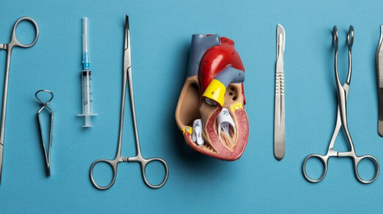
A Ventricular Assist Device (VAD) is a mechanical pump that is implanted in the chest to help the heart pump blood to the rest of the body. VADs are used as a treatment option for patients with advanced heart failure who are not candidates for heart transplant or who are waiting for a donor heart.
The VAD surgery involves making an incision in the chest to access the heart and inserting the device, which is connected to the heart and the aorta. The device is powered by an external battery or a small implanted battery pack, and it is controlled by a computer that monitors and adjusts the flow of blood.
After the VAD surgery, patients are typically monitored in the hospital for a period of time to ensure that the device is functioning properly and that there are no complications. Recovery time varies depending on the specific approach used for the surgery and the patient’s overall health.
VADs can be used as a bridge to heart transplant, as a long-term treatment option for patients who are not candidates for transplant, or as a temporary measure to support the heart while other treatments are being pursued.
VAD implantation is a complex and technically challenging procedure, and it carries some risks, including bleeding, infection, blood clots, and other complications. However, for patients with advanced heart failure, VADs can be a life-saving treatment option that can improve quality of life and increase life expectancy.
The decision to undergo VAD implantation should be carefully considered and discussed with a healthcare provider, taking into account the patient’s overall health, medical history, and other factors. The VAD implantation process requires a comprehensive evaluation process, and patients must meet specific eligibility criteria to be considered for the procedure.